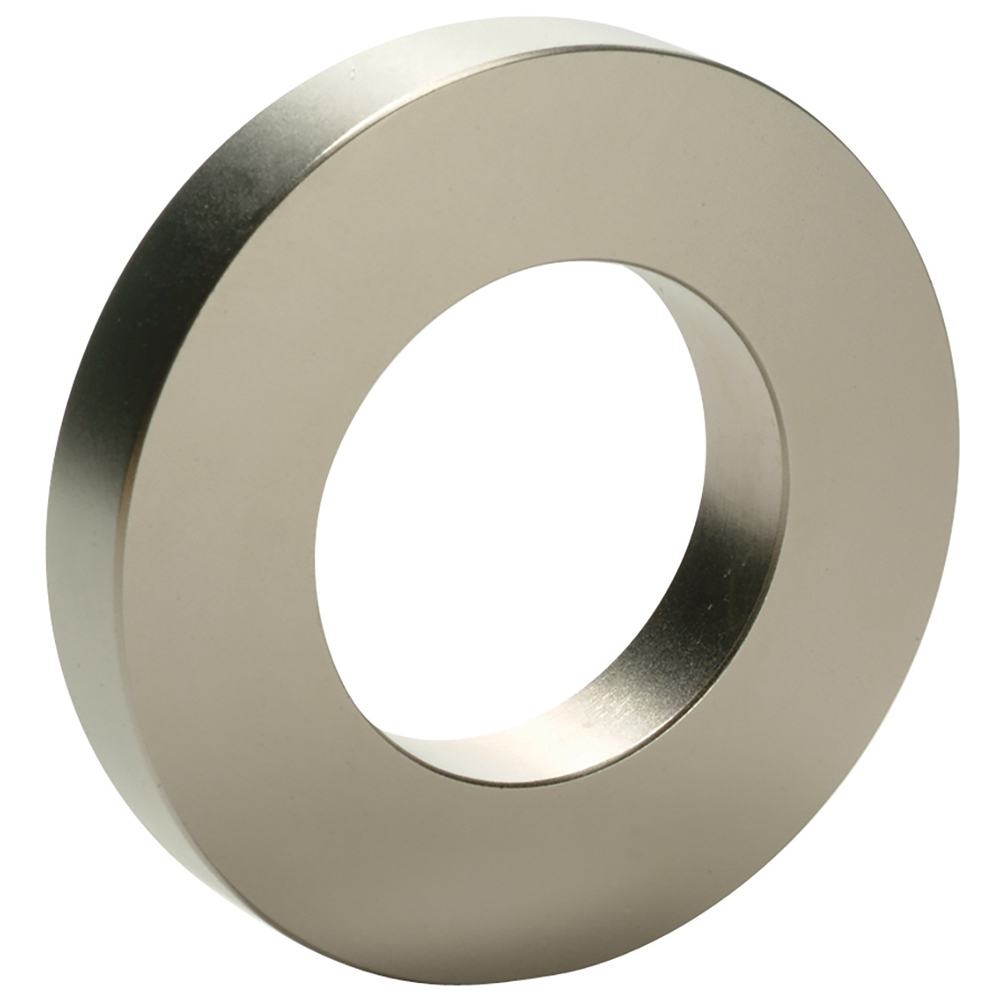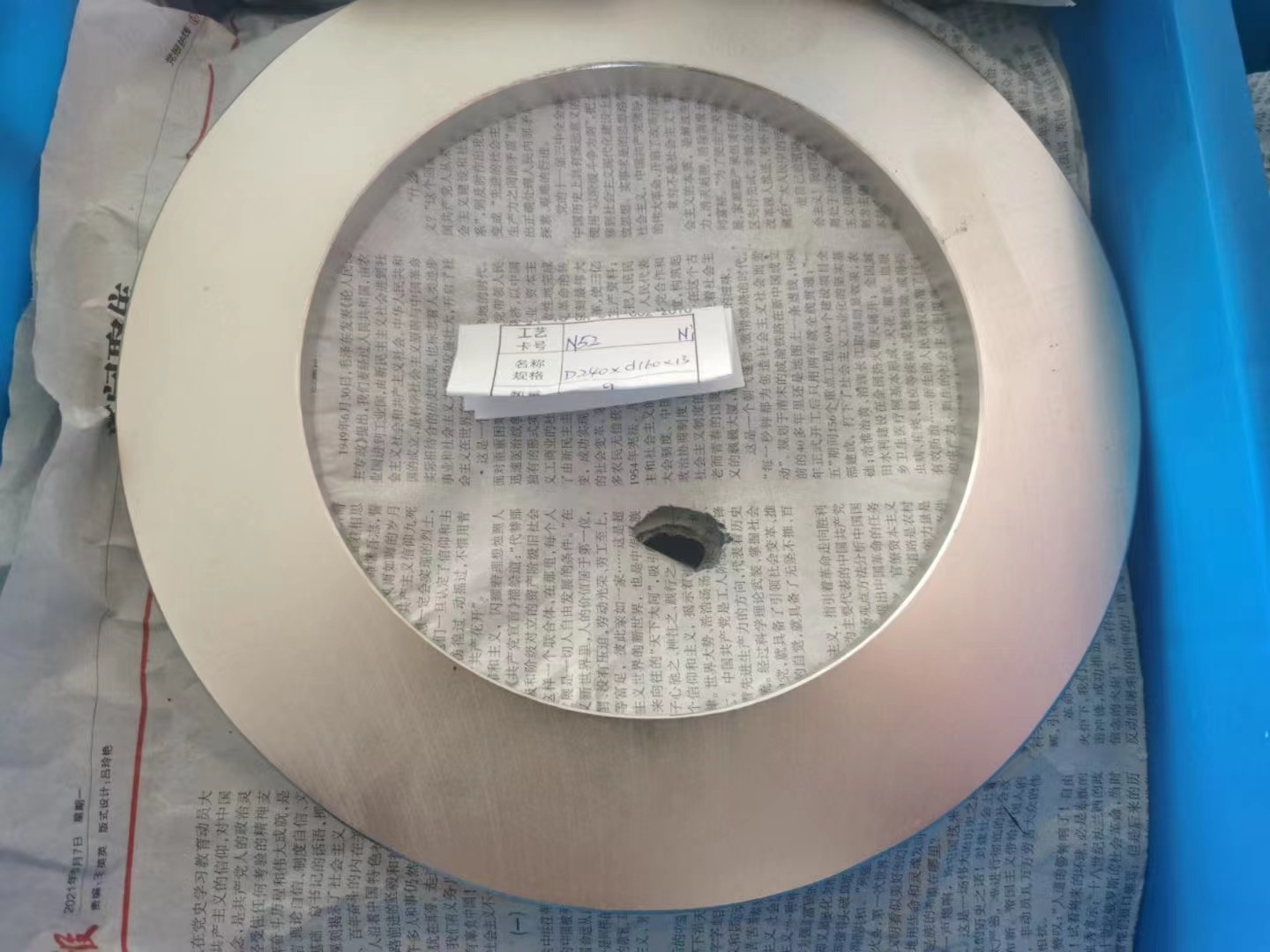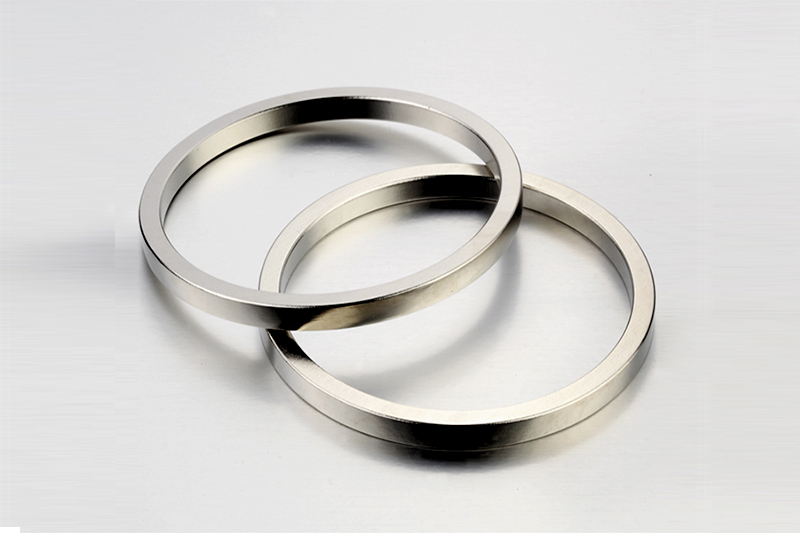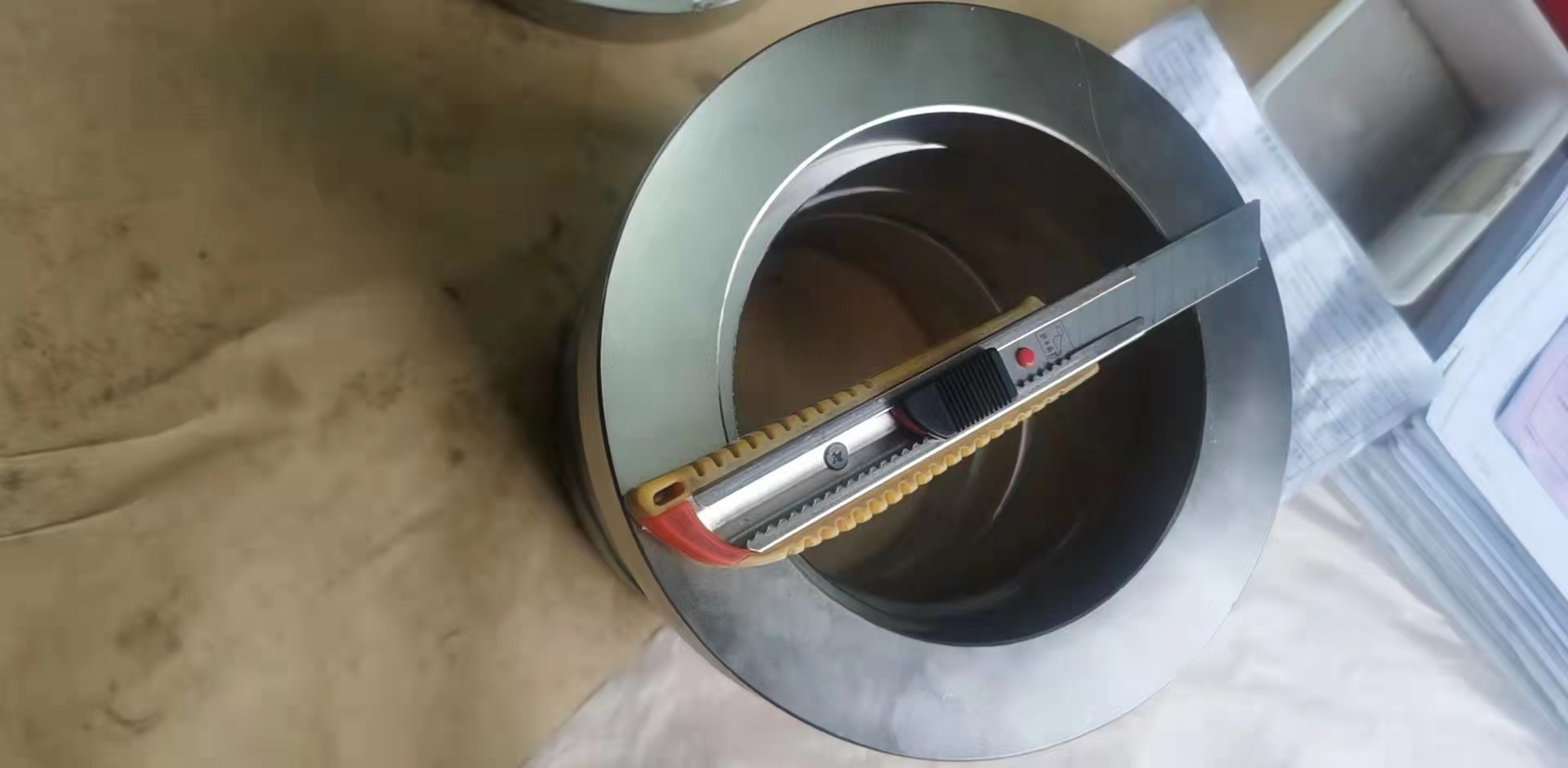Everyone knows that magnets are needed in electroacoustic equipment such as speakers, speakers, and headphones, then which roles do magnets play in electroacoustic devices? What effect does the magnet performance have on the sound output quality? Which magnet should be used in speakers of different qualities?
Come and explore the speakers and speaker magnets with you today.

The core component responsible for making sound in an audio device is a speaker, commonly known as a speaker. Whether it is a stereo or headphones, this key component is indispensable. The speaker is a kind of transducing device that converts electrical signals into acoustic signals. The performance of the speaker has a great influence on the sound quality. If you want to understand speaker magnetism, you must first start with the sounding principle of the speaker.
The speaker is generally composed of several key components such as T iron, magnet, voice coil and diaphragm. We all know that a magnetic field will be generated in the conducting wire, and the strength of the current affects the strength of the magnetic field (the direction of the magnetic field follows the right-hand rule). A corresponding magnetic field is generated. This magnetic field interacts with the magnetic field generated by the magnet on the speaker. This force causes the voice coil to vibrate with the strength of the audio current in the speaker’s magnetic field. The diaphragm of the speaker and the voice coil are connected together. When the voice coil and the diaphragm of the speaker vibrate together to push the surrounding air to vibrate, the speaker produces sound.
In the case of the same magnet volume and the same voice coil, the magnet performance has a direct impact on the sound quality of the speaker:
-The greater the magnetic flux density (magnetic induction) B of the magnet, the stronger the thrust acting on the sound membrane.
-The greater the magnetic flux density (magnetic induction) B, the greater the power, and the higher the SPL sound pressure level (sensitivity).
Headphone sensitivity refers to the sound pressure level that the earphone can emit when pointing to the sine wave of 1mw and 1khz. The unit of sound pressure is dB (decibel), the greater the sound pressure, the greater the volume, so the higher the sensitivity, the lower the impedance, the easier it is for headphones to produce sound.
-The greater the magnetic flux density (magnetic induction intensity) B, the relatively lower Q value of the total quality factor of the speaker.
Q value (qualityfactor) refers to a group of parameters of the speaker damping coefficient, where Qms is the damping of the mechanical system, which reflects the absorption and consumption of energy in the movement of the speaker components. Qes is the damping of the power system, which is mainly reflected in the power consumption of the voice coil DC resistance; Qts is the total damping, and the relationship between the above two is Qts = Qms * Qes / (Qms + Qes).
-The greater the magnetic flux density (magnetic induction) B, the better the transient.
Transient can be understood as “fast response” to the signal, Qms is relatively high. Earphones with good transient response should respond as soon as the signal comes, and the signal will stop as soon as it stops. For example, the transition from lead to ensemble is most obvious in drums and symphonies of larger scenes.
There are three types of speaker magnets on the market: aluminum nickel cobalt, ferrite and neodymium iron boron, The magnets used in electroacoustics are mainly neodymium magnets and ferrites. They exist in various sizes of rings or disc shapes. NdFeB is often used in high-end products. The sound produced by neodymium magnets has excellent sound quality, good sound elasticity, good sound performance, and accurate sound field positioning. Relying on the excellent performance of Honsen Magnetics, small and light neodymium iron boron began to gradually replace large and heavy ferrites.
Alnico was the earliest magnet used in speakers, such as the speaker in the 1950s and 1960s (known as tweeters). Generally made into the internal magnetic speaker (external magnetic type is also available). The disadvantage is that the power is small, the frequency range is narrow, hard and brittle, and the processing is very inconvenient. In addition, cobalt is a scarce resource, and the price of aluminum nickel cobalt is relatively high. From the perspective of cost performance, the use of aluminum nickel cobalt for speaker magnets is relatively small.
Ferrites are generally made into external magnetic speakers. The ferrite magnetic performance is relatively low, and a certain volume is required to meet the driving force of the speaker. Therefore, it is generally used for larger-volume audio speakers. The advantage of ferrite is that it is cheap and cost-effective; the disadvantage is that the volume is large, the power is small, and the frequency range is narrow.

The magnetic properties of NdFeB are far superior to AlNiCo and ferrite and are currently the most used magnets on speakers, especially high-end speakers. The advantage is that under the same magnetic flux, its volume is small, the power is large, and the frequency range is wide. Currently, HiFi headphones basically use such magnets. The disadvantage is that because of the rare earth elements, the material price is higher.
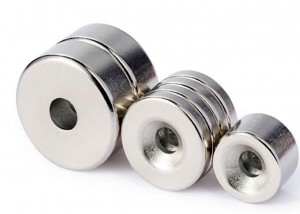
First of all, it is necessary to clarify the ambient temperature where the speaker is working, and determine which magnet should be selected according to the temperature. Different magnets have different temperature resistance characteristics, and the maximum working temperature they can support is also different. When the working environment temperature of the magnet exceeds the maximum working temperature, phenomena such as magnetic performance attenuation and demagnetization may occur, which will directly affect the sound effect of the speaker.
